Gin is a clear spirit that is made by distilling fermented grain and a number of other botanicals, one of which by law must be juniper. We take a closer look at Gin, how it's made and the essential facts.
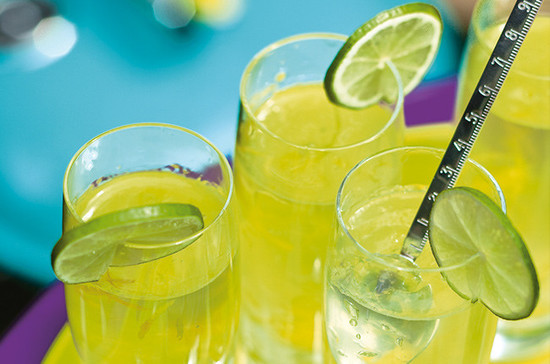
What is Gin?
Gin is a clear spirit that is made by distilling fermented grain and a number of other botanicals, one of which by law must be juniper. Gin is essentially pure ethanol, or flavourless vodka, that is flavoured through re-distillation with a range of natural ingredients.
Although inextricably linked to the UK, and often regarded as England’s national spirit, it originates from Holland where the first mention of juniper-based health-related drinks appeared in a Dutch publication in 1269.
By the mid-17th numerous Dutch distillers had popularised the re-distillation of malt spirit with juniper and other spices including anise and caraway (to mask the spirit’s bad flavour) which were sold in pharmacies and used to treat an array of medical problems. From then Gin built up a history of medicinal usage particularly by the Royal Navy who are said to have mixed it with lime to stop scurvy and angostura to settle the stomach at sea.
Gin’s arrival in England during the mid-17th century stemmed from the discovery of genever by British troops stationed in Holland who saw Dutch soldiers drinking the juniper-flavoured liquor to boost morale before heading into battle during the Thirty Years’ War. It was at this time that the term ‘Dutch Courage’ was said to have been created.
Eventually, the English took the idea of making and drinking Gin back with them. The combination of a newly crowned Dutch king drinking his native spirit and an ease in production at the time gave Gin a firm foothold with the English drinker.
Gin drinking rose significantly following the passing of the Distilling Act in 1690 allowing unlicensed production as well as heavy duties imposed on all imported spirits such as French brandy. Thousands of gin shops emerged across London in a period known as the Gin Craze and because of the low prices started to be consumed regularly by the poor.
Acts of Parliament were passed to regulate Gin’s production in pot stills and over time the later styles of gin became distinctly different to the Dutch or Belgian ones (jenevers or genevers) that evolved from malt wine spirits.
The subsequent invention and development of the column still made the distillation of neutral spirits practical and created the London Dry style that came to the fore later in the 19th Century.
Today, Gin is globally one of the most popular spirits making its mark in almost every country in the world that consumes alcohol.
It is also experiencing a renaissance with new, craft and artisan gin brands and distilleries emerging all over the globe – 315 currently in Britain more than double the number five years ago.
Essential info:
Colour: Generally clear, though some infused gins carry a slight hue
Region: Produced heavily in the UK but can be made anywhere, historically in Holland. There are 13 gins that have a ‘protected geographical indication’ most famously Plymouth Gin which has been made in Plymouth since 1793.
ABV: Minimum 40% ABV
Made from: Usually a grain mash (wheat, barley or corn), but can be made from any mash, or in some cases grape spirit, to produce a neutral spirit that is then either redistilled or infused predominantly with juniper berries. Distillers are free to add any other natural ingredients and botanicals to achieve a target taste – herbs, fruit, nuts, spices and honey are common additions.
Translation: Widely regarded as being derived from the Dutch word for ‘juniper’ which is ‘jenever’ that was then Anglicised to ‘ginever’ and then to ‘gin’.
Manufacturing process
Gin is made similarly to Vodka with the neutral alcohol being highly concentrated ethanol, which by law must be of agricultural origin. This is normally a grain, but some gin producers use ethanol from grapes, sugar beet or molasses. Grain spirits are preferred as they give the Gin a crisper texture whereas molasses-based spirits can give an impression of softness and sweetness.
The ethanol is purified by repeat distillations to reach a minimum strength of at least 96% alcohol by volume.
Most houses don’t actually make the base spirit from which they create their gins. Rather they buy in the neutral alcohol from third party distillers with pharmaceutical companies the dominant suppliers.
There are three main type of distillation used for Gin production:
Pot Distilled Gin: A process used to make many early gins which were produced by distilling the fermented malt wine known as the ‘mash’ from grains and then distilling it a second time with botanicals to impart flavour.
Column Distilled Gin: The most common process and one which became mainstream upon the invention of the Coffey still. This produces a very concentrated spirit that gets redistilled a second time with the addition of juniper berries and other botanicals in a ‘gin basket’ that’s suspended in a pot still allowing for flavour extraction as the heat from the vapor rises. London dry gin is made through column distillation.
Compound Gin: A process that is used but not as often as distilled gin. It is the cheapest way to flavour a gin. The required flavours are simply added to the base spirit without redistilling it. The resulting gin can have a pronounced immediate intensity, but the flavours can taste artificial and often fade quickly.
Translated by Sylvia Wu / 吴嘉溦
All rights reserved by Future plc. No part of this publication may be reproduced, distributed or transmitted in any form or by any means without the prior written permission of Decanter.
Only Official Media Partners (see About us) of DecanterChina.com may republish part of the content from the site without prior permission under strict Terms & Conditions. Contact china@decanter.com to learn about how to become an Official Media Partner of DecanterChina.com.

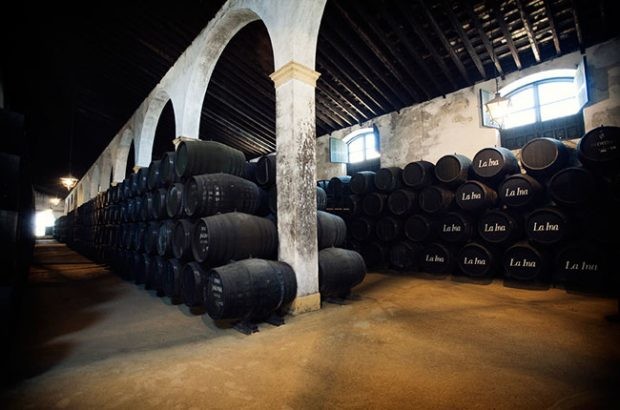
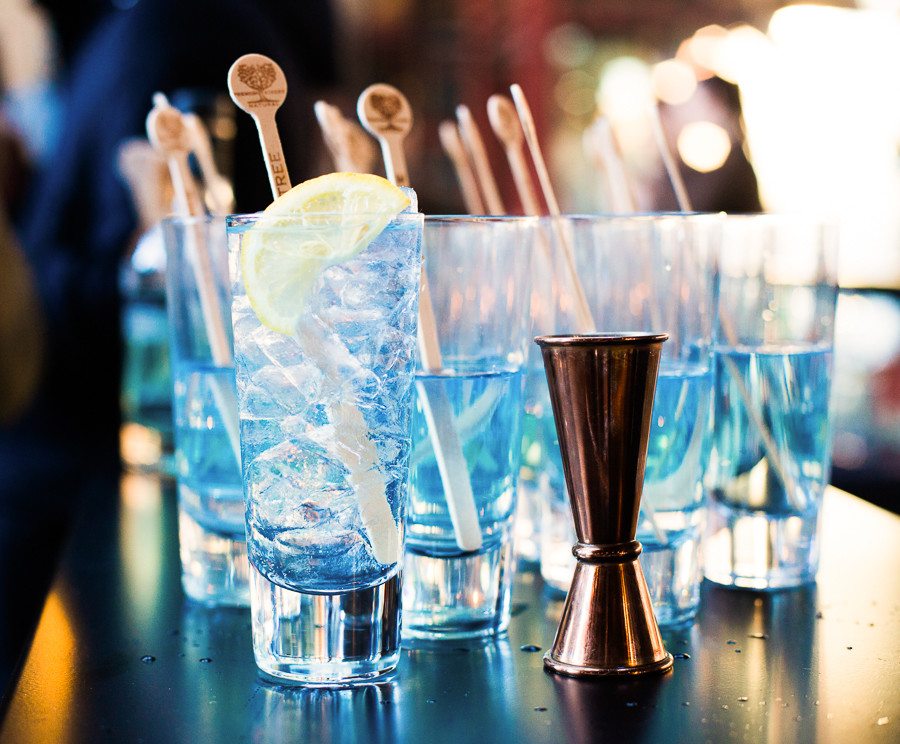
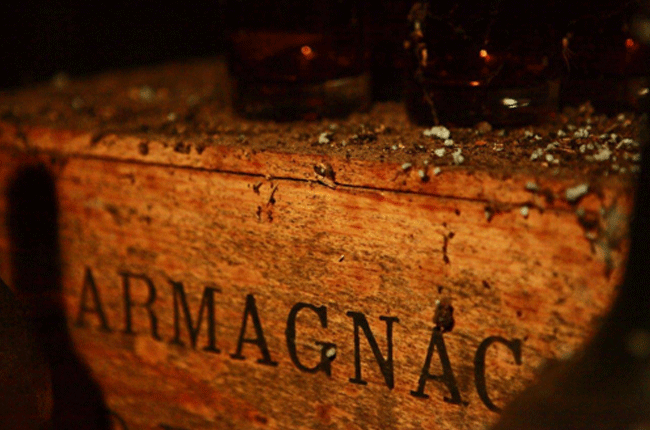
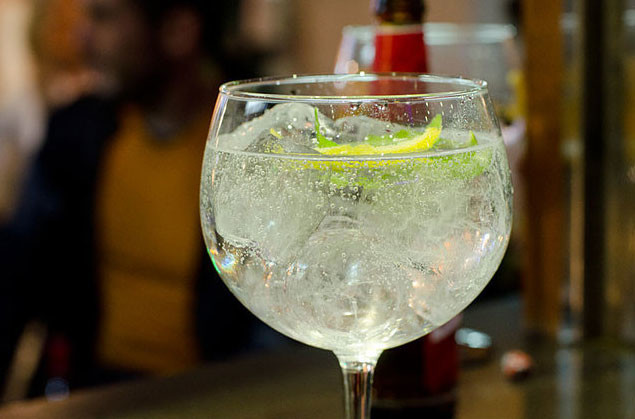
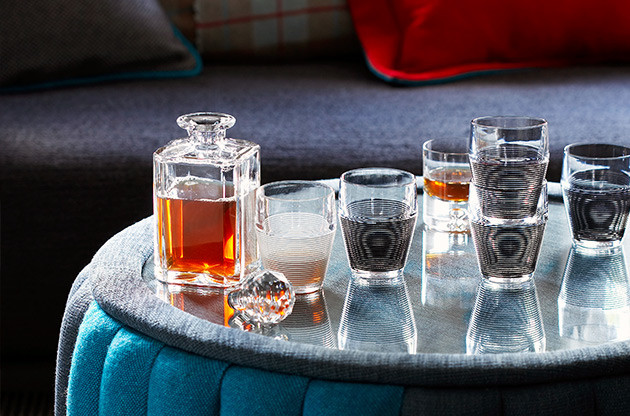
Comments
Submit